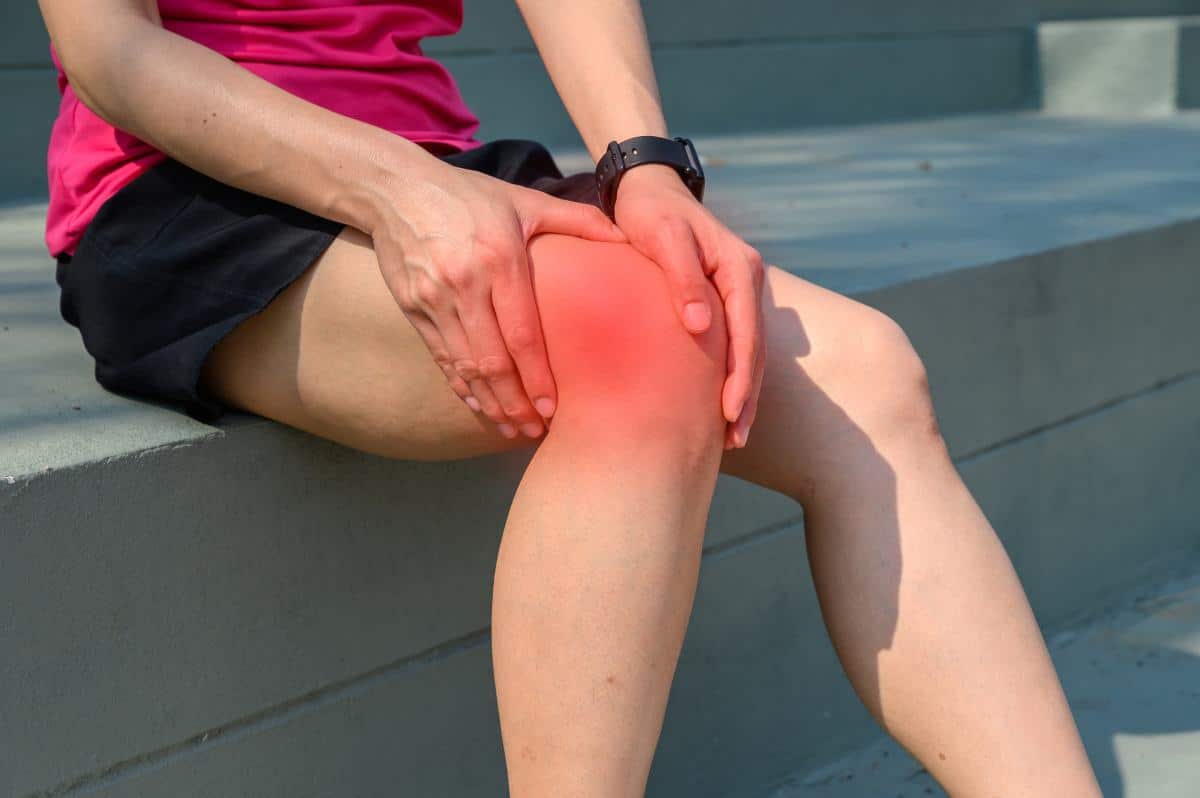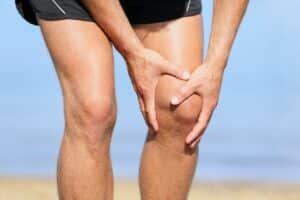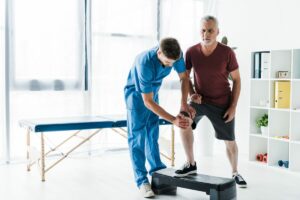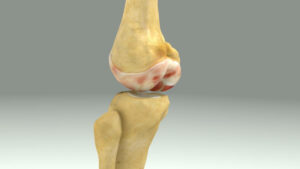Free download: Top 10 Natural & Easy Remedies for Joint Pain from Home. Learn these helpful remedies.
Estimated Reading Time: 11 minutes read
Knowing what IT band syndrome exercises to avoid can be a little confusing. Iliotibial band syndrome, or IT band syndrome, is a common overuse injury. While it primarily plagues athletes, such as runners and cyclists, IT band pain occurs in non-athletes too.
This article will key in on which activities should be avoided with iliotibial band syndrome and the steps you can take to recover more quickly.
Table of Contents
IT Band Syndrome Overview
Let’s review a little about the IT band and IT band syndrome before we jump into exercises to avoid and how to fix it.
Location
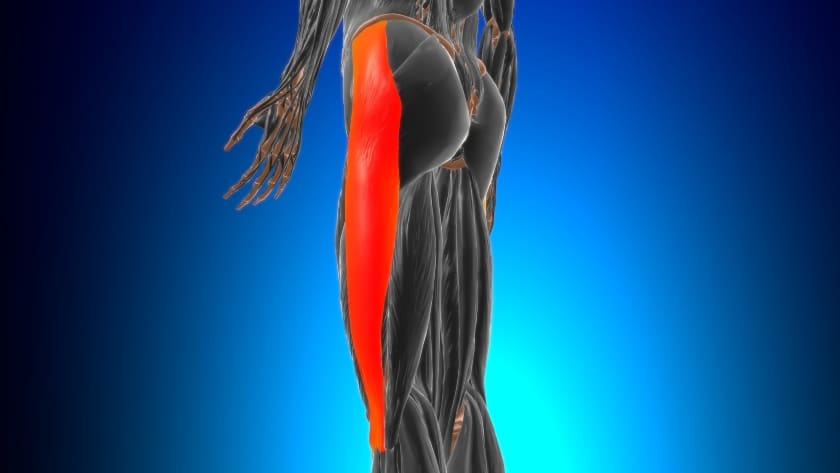
The IT band is a thick band of connective tissue called fascia that runs along the length of the outer thigh.
The band attaches from the top of the pelvis, or iliac crest, running down the outer thigh and connects to the outside of your knee, specifically on a protuberance located on the lateral tibia, or shinbone, called Gerdy’s tubercle.
The IT band is considered the largest fascia in the human body.
The tensor fascia latae and gluteus maximus muscles blend into the IT band. In addition to the muscles that blend into the IT band, this thick band of fascia overlays the lateral thigh muscles, such as the vastus lateralis.
Causes
As mentioned above, IT band syndrome is a common overuse injury.
Varying opinions exist regarding the exact causes of IT band syndrome. Some believe it’s related to friction forces between the iliotibial band and its attachments or insertions.
Others believe compression of the fat and connective tissue layers under the IT band create pain. Some then are under the impression that abnormal biomechanics at the hip are the ultimate issue.
Higher risk factors for developing IT band syndrome regularly occurs in sports or activities that require repetitive movements, particularly running (you may also hear this called runner’s knee) and cycling.
This is especially true when these activities, particularly running, occur on uneven surfaces or various slopes, such as running downhill or uphill, or if training changes have occurred, such as increasing your mileage.
Abnormal anatomic alignment can make you susceptible for developing IT band syndrome. These abnormalities may include problems such as having flat feet, being bow legged, or having one leg longer than the other.
You can easily develop IT band syndrome if there are any muscle imbalances present anywhere along the pelvis and leg. This might include weaker hip muscles, such as the gluteal muscles and hip abductors, or tighter muscles, such as the tensor fascia latae.
Maybe the problem is actually originating at the knee or the foot and ankle. There’s a lot of possibilities!
Incorrect body mechanics and alignment during exercise and functional movement can lead to these imbalances or contribute to abnormal forces placed on the IT band. If these improper mechanics aren’t corrected, continued stress and tension will increase your chances of developing IT band syndrome.
Poor footwear or worn out shoes can also be a factor contributing to your pain.
Symptoms
The following are common symptoms one might experience with IT band syndrome:
- Pain on the outside of your knee or hip (this may be a sharp pain)
- Increased pain with repetitive motions at the knee or hip
- A clicking or popping sensation on the outside of the knee
Activities and Exercises to Avoid
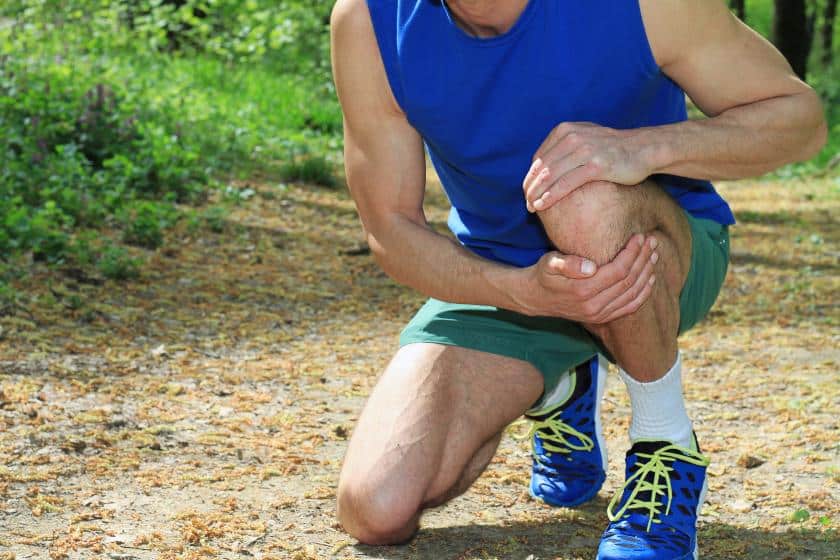
Now let’s dive into common activities and exercises to avoid with IT band syndrome.
1. Long distances
If you’re a runner or cyclist and have IT band syndrome, avoid the temptation to push your distance or mileage. This will only aggravate your symptoms.
2. Uneven surfaces and slopes
Try to avoid any uneven surfaces and extreme slopes, whether it be inclines or declines. Instead, try to keep your workout on as even of a surface as possible.
This may mean moving your workout indoors temporarily versus continuing outdoors, such as with using a treadmill or stationary bike.
3. Deep squats and lunges
You don’t have to give up practicing your squats and lunges altogether but do avoid going too deep. Keep the amount of hip and knee flexion absolutely no deeper than 90 degrees maximum, but still make sure to avoid worsening your pain and other symptoms.
4. Directly foam rolling the IT band
You’ll hear a lot of varying opinions about using a foam roller directly on the IT band. Keep in mind with the IT band that it’s a very thick band of fascia.
You won’t be able to stretch or massage it like you would a muscle.
This doesn’t mean you can’t use a foam roller or massage around the areas that are likely tight and contributing to IT band syndrome.
Take a look at this video, which will demonstrate the right way to foam roll with iliotibial band syndrome
5. Exercises that encourage your muscle imbalances
If you’ve been able to identify abnormal mechanics and muscle imbalances present that are contributing to your symptoms, don’t encourage them!It’s important to strengthen muscles, but you want to make sure you’re strengthening the right muscles.
You don’t need to completely stop strengthening the muscles that are abnormally tight, but don’t keep on with an advanced strengthening program that also includes no stretching.
Similarly, if you know certain muscles are weak, but you’re not including an appropriate program to strengthen those muscles, then these imbalances will continue.
6. Avoid an exercise routine that involves only cardio with no cross training
Again, you must have a well-balanced workout routine. If all you ever do is cardio, such as running or cycling, without any type of cross training, this will make your IT band syndrome worse or increase your odds of developing an IT band injury.
Including a variety of cross training, such as proper strengthening and conditioning, can even help improve your cardio workout.
7. Any activity that worsens your symptoms
It may sound pretty straight forward, but don’t continue with any activity or exercise that makes your pain worse. “No pain, no gain” is not a good motto to live by!
If your pain is worsening with what you’re doing, check your form and mechanics first. If you’ve made what you believe to be are the right adjustments, but your pain is continuing, then stop the activity and rest.
The Right Exercise Program
It’s not only important to know what IT band exercises to avoid, but also to know what the right exercise program is to help heal IT band syndrome.
Keep in mind that the goal is to promote muscle balance and correct biomechanics. It can be hard to determine what your potential muscle imbalances and faulty biomechanics are on your own.
For this reason, it’s recommended to see a healthcare professional, such as a physical therapist, to evaluate and address any areas of concern that are found.
Generally speaking, the following exercises are helpful to both prevent and address IT band pain and symptoms.
1. Posterior Pelvic Tilt


- Begin lying on your back with the knees bent and feet flat on the surface (e.g., can lie on your bed, couch or floor).
- Take a deep breath in. As you exhale, press the back flat into the surface you’re lying on while bracing the core.
- At the same time, allow the pelvis to slightly tuck and roll under (DON’T lift the hips off the surface).
- Hold this pose for 2 seconds, then relax back into your starting position.
- Repeat 10-15x for 2-3 sets.
The posterior pelvic tilt is a very subtle motion and is easy to do the wrong way. For a better visual, check out the following video which will demonstrate the right and wrong way to do a posterior pelvic tilt.
2. Bridge
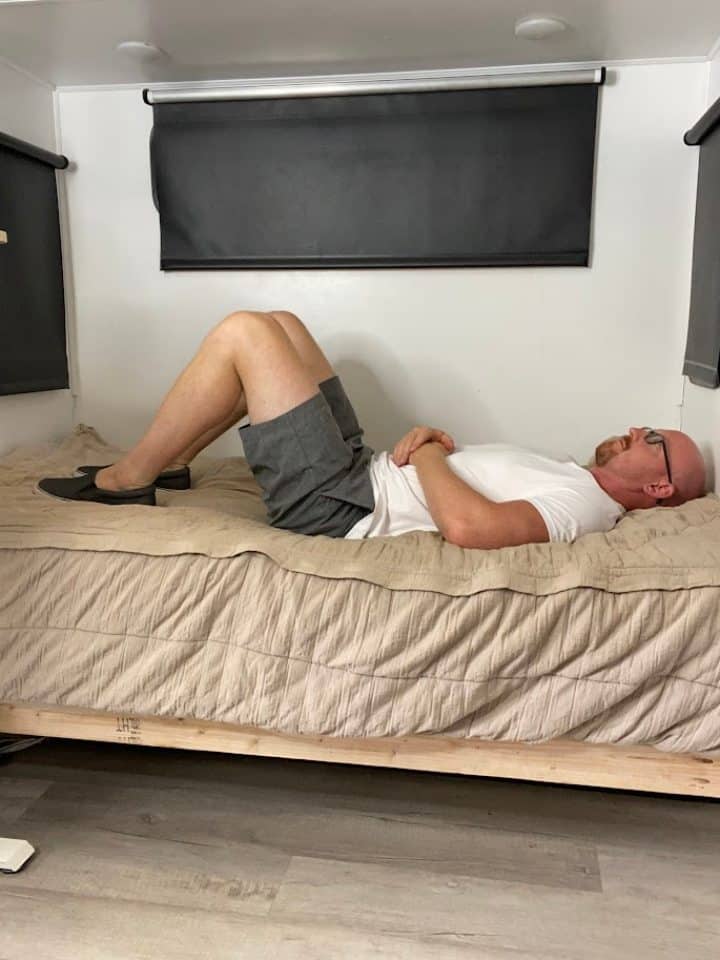
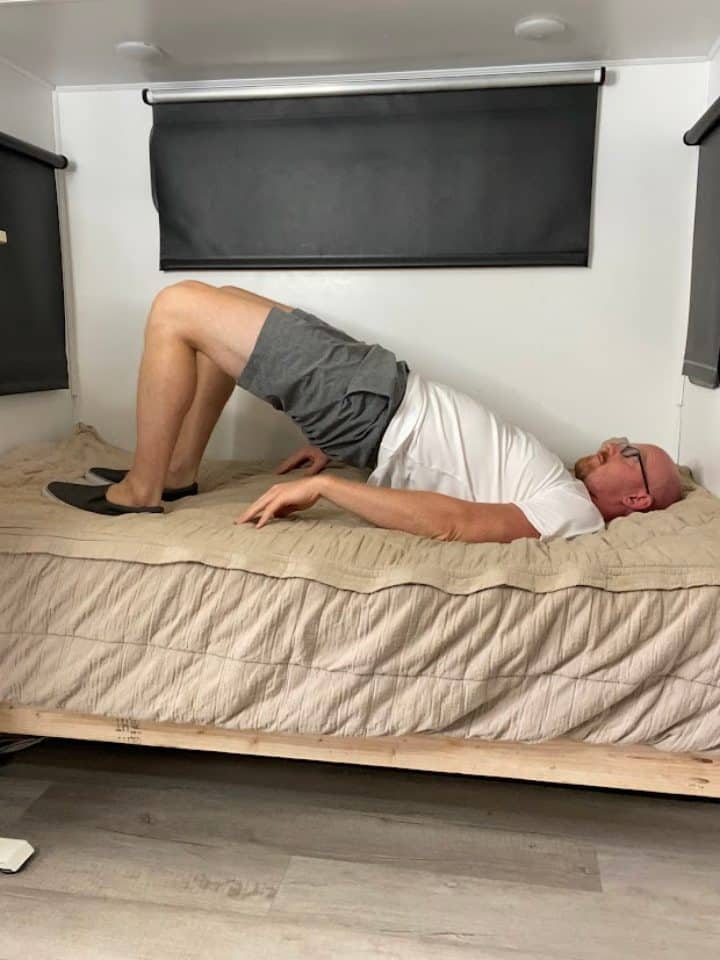
Hip weakness is not uncommon among those with IT band pain. Hip strengthening exercises are essential to promote balance around the IT band. A hip bridge is a great way to gently activate the glutes without bothering your symptoms.
- Position yourself on the back with the knees bent and the feet flat on the surface. (e.g., lie on your bed, couch or floor).
- Press down through the feet and squeeze the glutes as you lift the hips off the floor.
- Lift as high as you can and hold for 2 seconds, then return to your starting position.
- Repeat 10-15x for 2-3 sets.
If practicing a regular bridge with both feet planted on the surface is too easy, you can always advance to a single leg bridge. You may want to try fewer repetitions, such as 5-10x, to begin with as this is a more challenging exercise.
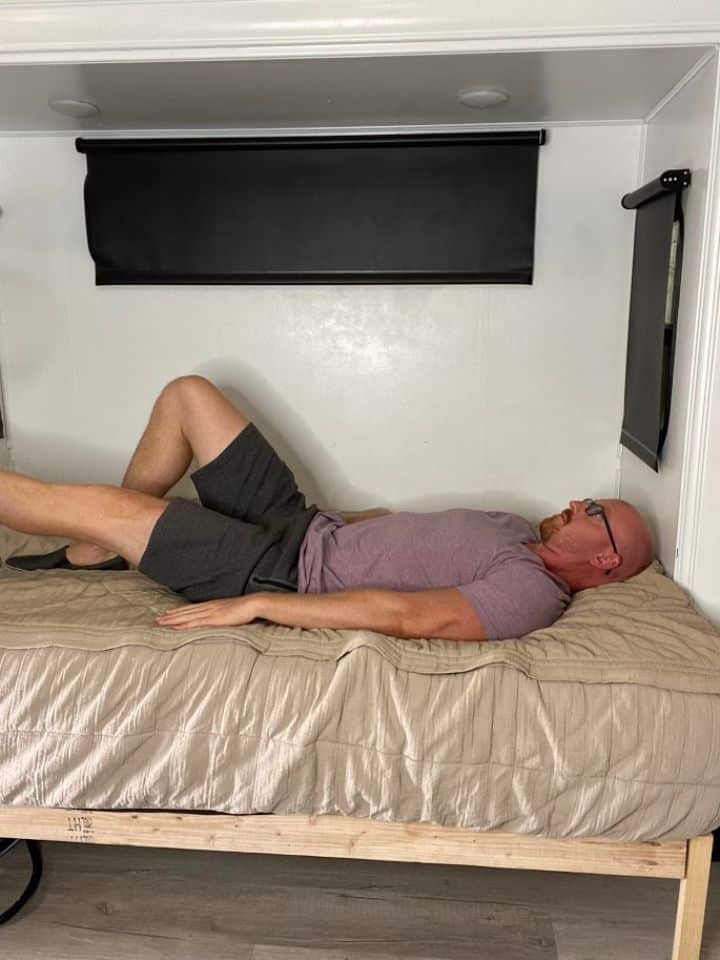
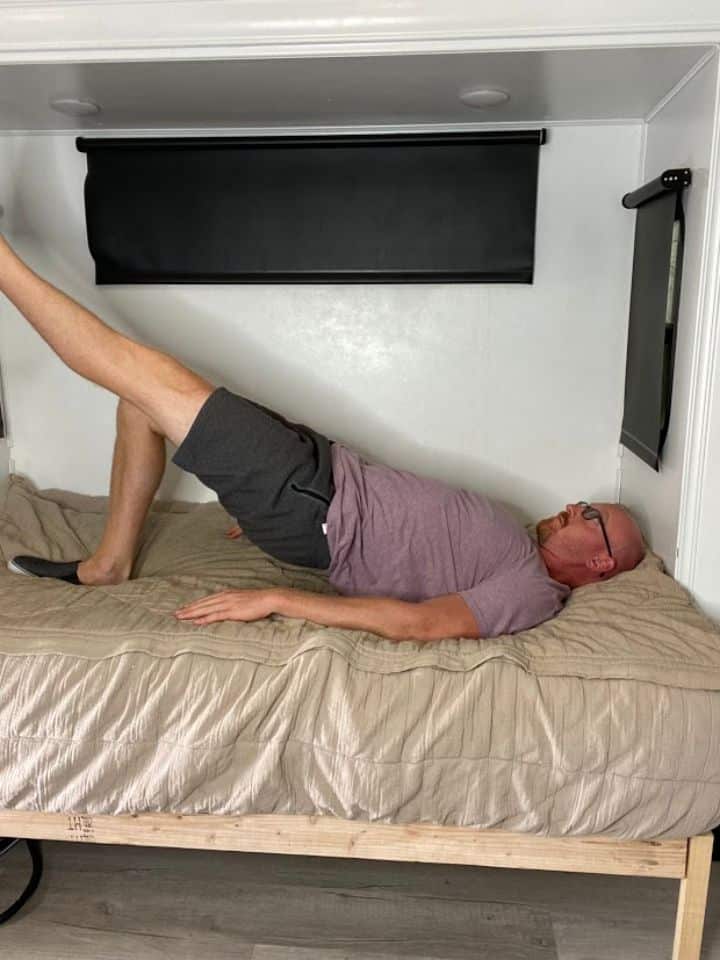
3. Side Plank
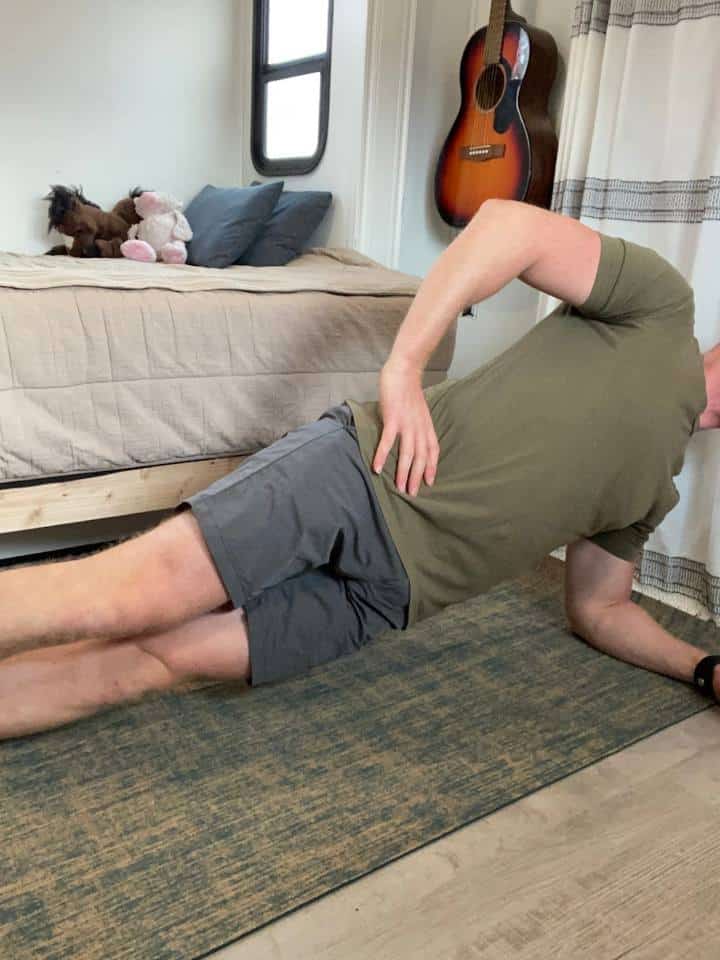
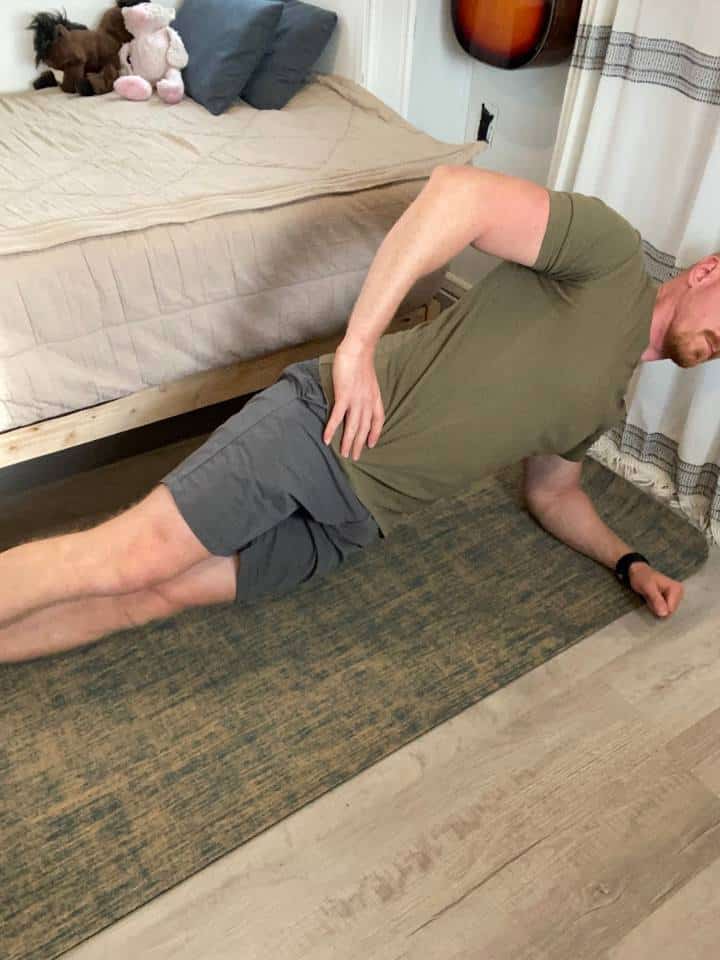
A side plank is a great exercise for hip, pelvic, spine and core strength.
- Lie on one side propped on your elbow. This can be a little challenging to do on a softer surface like the bed, so the floor would be a better option.
- While propped on your elbow, stretch the legs out so that you’re in a straight line.
- While keeping that straight line, lift the hips directly up off the floor. Hold for 2 seconds, then return to your starting position.
- Repeat 10-15x for 2-3 sets.
If you have a harder time with a full side plank, you can absolutely modify this position, simply by keeping the knees bent during the repetitions.
Watch this video for a side-by-side comparison of a full and modified side plank.
4. Hamstring Stretch with a Crossover
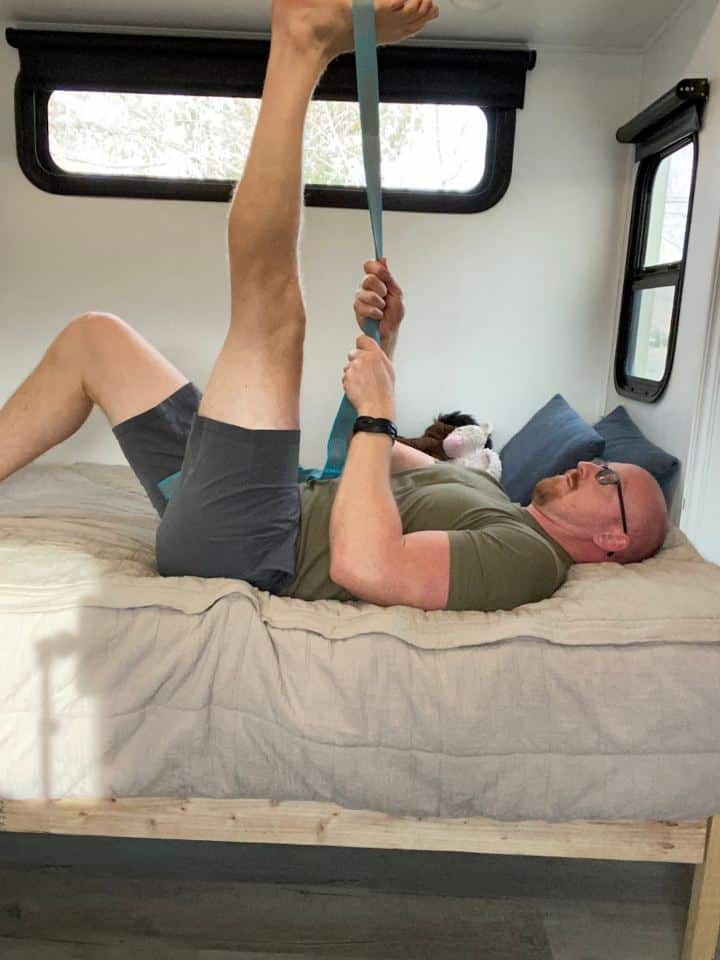
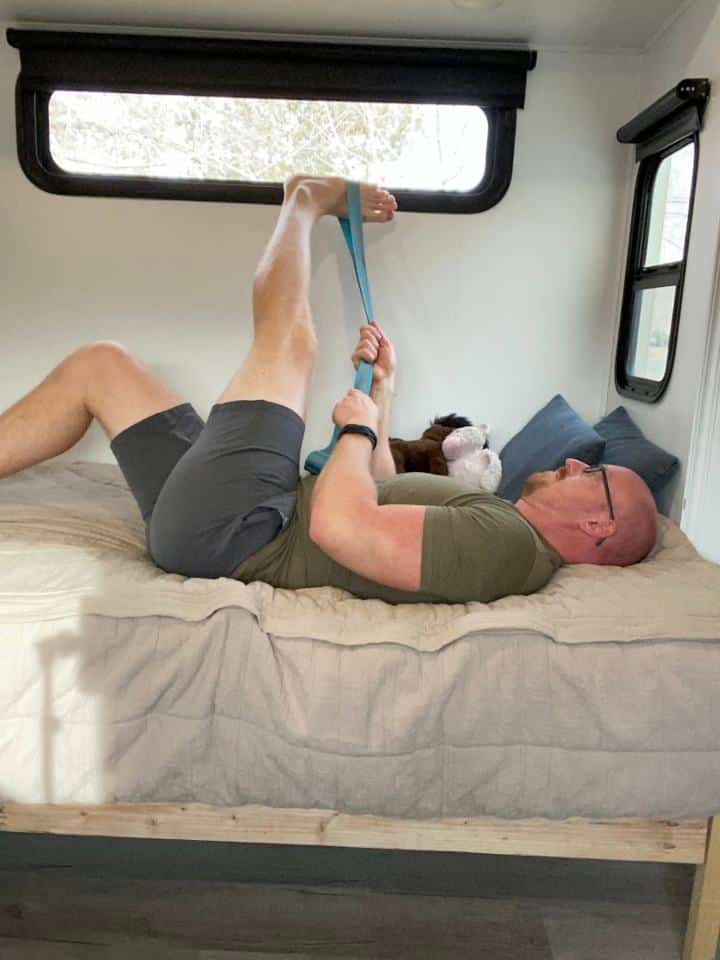
While you’ll hear about “IT band stretches,” keep in mind that you can’t actually stretch the IT band. You can, however, stretch the surrounding muscles that may be experiencing tightness.
- Lie on your back (this can be on your bed, couch or floor) with the legs stretched in front of you.
- Wrap a non-elastic strap (e.g., belt, sheet, towel, yoga strap) around the foot on the leg that will be stretched.
- Keeping the knee straight, slowly lift the leg off the surface as high as you can (don’t lift so high that the knee bends).
- Slowly cross the leg over towards the opposite side for a gentle stretch. Avoid crossing over so much that the back lifts off the surface.
- Hold this stretch for at least 30 seconds or up to 1 minute.
Helpful Tips
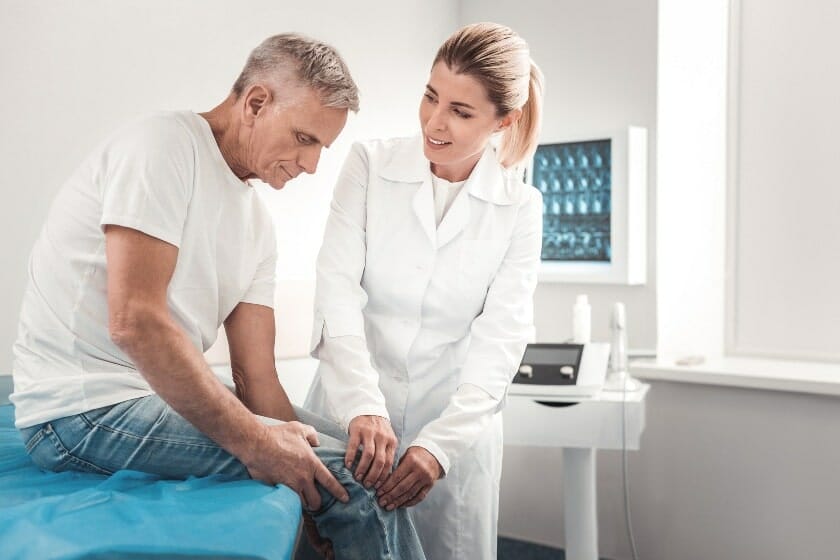
When treating IT band syndrome pain, keep in mind exercises and activities that you should be avoiding, and encourage those that will promote healing.
Keep in mind the following tips while recovering from IT band syndrome and avoid further aggravating of the problem.
Reduce your mileage
If you’re a runner or cyclist, don’t keep pushing your distance or mileage. Cut back so that your symptoms have a chance to improve. You may have to experiment with how much you cut back, depending on how intense your symptoms are.
Switch up your routine
Besides including a good cross training routine, you may want to consider switching up your cardio routine to something more low impact. This may include swimming and walking until your symptoms improve.
Don’t promote pain
As we’ve already talked about, don’t do anything that makes your pain worse. Continuing an activity or exercise that irritates the problem, will only encourage the issue and could prolong your recovery.
Rest
While it’s a hard pill to swallow, sometimes you just might need to back off and rest for a few days to allow your pain to calm down. Don’t become completely inactive but take the time to allow your body to rest.
Make every effort you can to follow the tips and suggestions from this article to both recover from IT band pain and prevent it from occurring in the first place.
The last thing anyone wants is to develop a chronic injury because the right healing wasn’t allowed to take place.
Keep in mind the IT band syndrome exercises to avoid and the types of activities you should encourage, and you’ll be good to go!
FAQ:
Is massage okay for IT band syndrome?
Yes.
You can absolutely get a massage with IT band syndrome, and it can even help your pain. Make sure to tell your massage therapist about the pain you’ve been experiencing.
Should I use ice or heat for IT band syndrome?
Ice. There likely is some inflammation occurring with IT band syndrome due to the repetitive nature of this injury, so ice will be more effective and productive.
Who can I see about my IT band syndrome?
You can consult with a medical doctor to help address pain, but to best identify the causes behind your IT band syndrome, consult with a movement specialist, such as a physical therapist.


